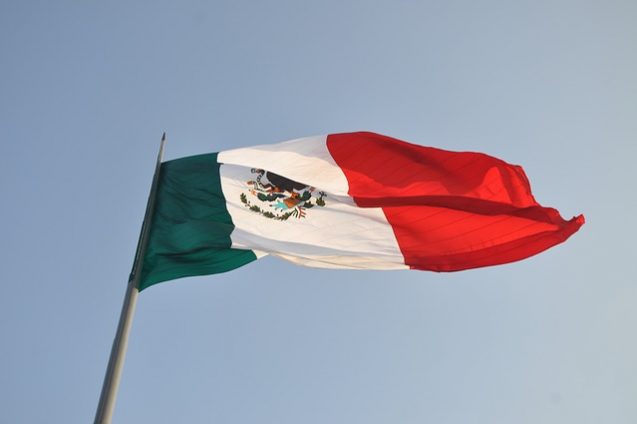International study, in which UNAM scientist participated, identified the SFI1 gene, which contributes to the risk of suffering from the disease
The study
A new genetic variant associated with type 2 diabetes, typical of Native Americans, including Mexicans, was detected by an international team of experts, in which María Teresa Tusié Luna, from the Biomedical Research Institute (IIBm) participates.
“From the analyses, a risk gene for this disease, called SFI1, was identified; we know very little about its function, however, it contributes to diabetes, mainly in subjects with Native American ancestry,” Tusié Luna said.
Mexicans are among the human populations with the greatest predisposition to diabetes. According to the 2016 National Health and Nutrition Survey, this condition is the second cause of death in the country: 10.3 percent of women suffer from it, and 8.4 of men do.
In the study — the largest conducted so far — the exome (part of the genome formed by exons, DNA fragments that are transcribed to give rise to proteins) of people with or without diabetes was sequenced. Over 45 thousand were reviewed worldwide: 20,791 with type 2 diabetes, and 24,440 without diagnosis, belonging to five different ethnic groups. About 10 percent of those analyzed were native from Mexico.
Together, the detected signals explain about 25 percent of the genetic risk to develop this condition. Some of the variants are found within genes previously associated with the disease, and it includes genes that have been proposed as pharmacological targets for treatment.
The graduate student explained that our genome is the result of selection processes; each population went through different events throughout its history; living individuals carry genetic variants that at some point gave them some evolutionary advantage. Therefore, in order to know the factors that predispose us to different conditions it’s necessary to study the different human groups.
“Mixed-race Mexicans have mainly a European and Native American genetic background; therefore, the advantages obtained by the native peoples to survive on a lack of food and extreme climate conditions selected individuals that are efficient at accumulating fat; nowadays, this genetic structure predisposes us to different conditions since our current lifestyle includes a highly caloric diet and less physical activity.”
Multiple variants
There are two main types of diabetes: 1 and 2. Within type 2 different clinical subtypes are distinguished, that is, some patients develop the disease at an early age, others are affected by obesity, some present complications quickly, and others need insulin or can properly control the disease with hypoglycemic drugs.
“It’s estimated that hundreds of genes interact and influence each of its variants, some with a greater effect, particularly in the Mexican population.” To identify these differences in Mexicans, Tusié Luna has been collaborating for years with the Broad Institute in the United States.
Now that more genetic variants have been identified, the graduate student and her team will continue with the analysis of proteins that are affected by this disease, with the aim to use them in the development of better drugs.
“The potential application of this new knowledge requires prospective studies in carriers or non-carriers, to whom a specific treatment is offered for a certain period of time, controlling as well the presence of other factors such as obesity and dyslipidemia. This is possible with long-term collaborations such as the one carried out by UNAM and the Salvador Zubirán National Institute of Medical Sciences and Nutrition (INCMNSZ),” Tusié Luna said.
The research
The genome includes the complete sequence of the genes that contain the information necessary for the synthesis of all proteins of a living organism. These data are arranged in the form of double coils called deoxyribonucleic acid (DNA).
The segments that dictate the operation instructions are known as exons, and their analysis is the exome, one of the most complete ways to study the DNA string.
Tusié Luna emphasized that studies such as the one presented consider the value of including different human populations to identify sets of genes related to alterations such as insulin resistance.
So far, genetic research to analyze complex conditions such as cancer or diabetes depended on the use of special chips, where thousands of genetic variants were sought, but with the limitation that they should be previously known or identified in other populations.
“But nowadays technology allows the genome to be sequenced or read directly without relying on known variables; thus, thousands of new variants that influence different human populations have been found,” explained Tusié Luna, expert of the IIB peripheral unit at INCMNSZ.
In this international study lead by Jason Flannick from the Broad Institute, Clicerio González, from the National Institute of Public Health participated as well, with cases of patients that were followed up for a decade, which will contribute to a better understanding of the factors that promote diabetes.
Date: August 19th, 2019
By: Diana Saavedra
Link: http://www.gaceta.unam.mx/mexicanos-de-los-grupos-con-mas-predisposicion-a-la-diabetes/
Nutrigenomics Institute is not responsible for the comments and opinions included in this article






